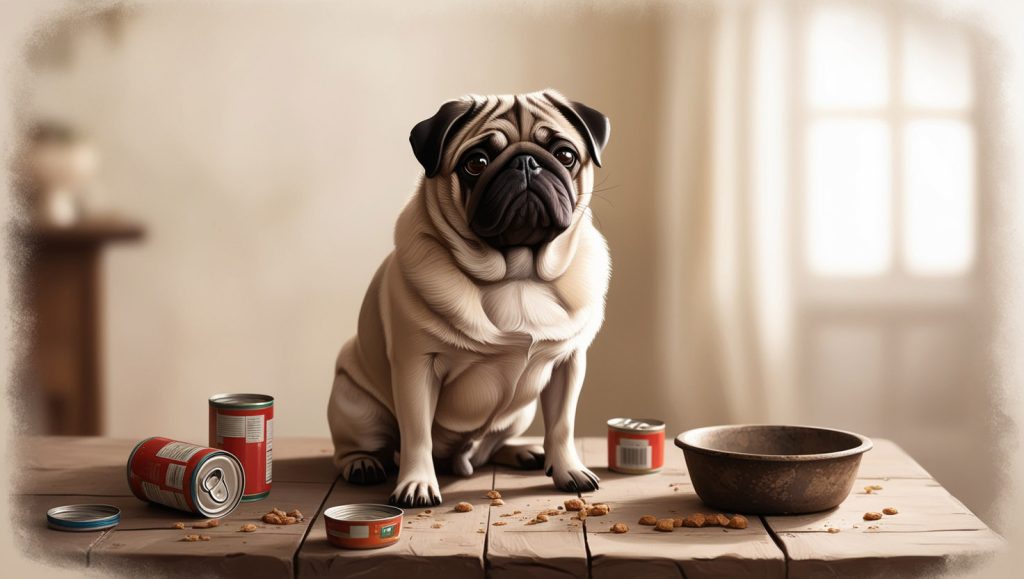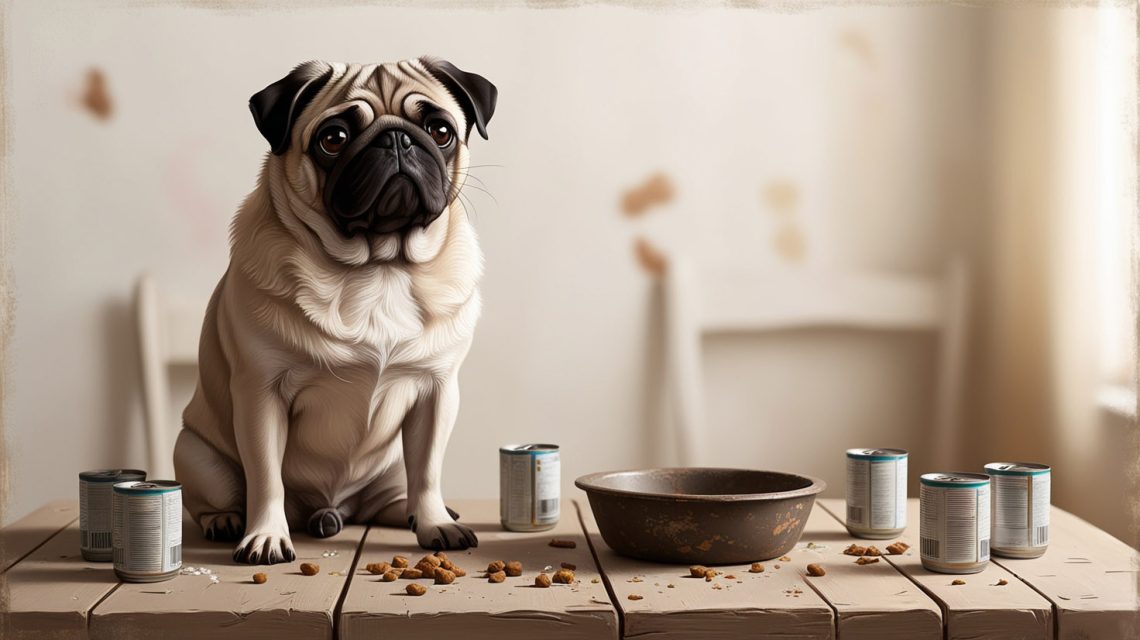The Ultimate Guide to Pug Feeding Success
Feeding your pug the right way is more than just a daily task; it’s a cornerstone of their health and happiness. Pugs are unique, not just in their adorable looks but also in their dietary needs. This guide will take you on a journey of understanding pug feeding, providing practical tips to help your furry friend thrive.
Why Proper Pug Feeding Matters
Pugs are prone to obesity and other health issues, which makes their diet a critical aspect of care. Proper feeding ensures they get the nutrition needed to maintain energy, support growth, and avoid common ailments. Feeding them right is about balance—giving enough nutrients without overfeeding or indulging in unhealthy treats.
Pug Feeding Tips for Healthy Living
1. Understanding Pug Nutrition Needs
Pugs may be small, but they have big nutritional needs!
- Protein: Essential for muscle maintenance. Chicken, beef, and fish are excellent sources.
- Healthy Fats: Support their skin and coat health. Look for foods with Omega-3 and Omega-6 fatty acids.
- Carbohydrates: Whole grains and vegetables provide slow-releasing energy.
- Vitamins and Minerals: Necessary for overall well-being. Many quality dog foods already include these.
Transitioning to a proper diet early ensures your pug gets the best start in life.
2. Selecting the Best Food for Your Pug
Choosing the right food is one of the most important decisions for pug owners.
- Commercial Food: High-quality kibble labeled for small breeds is ideal. Look for AAFCO-certified options.
- Homemade Meals: If you prefer cooking for your pug, ensure the diet is balanced with protein, carbohydrates, and healthy fats.
- Specialized Diets: For pugs with allergies, consider grain-free or hypoallergenic formulas.
Always consult your vet before making significant changes to your pug’s diet.

3. Portion Control and Feeding Schedule
Feeding your pug the right amount at the right times prevents obesity and digestive issues.
- Puppies (2–12 months): 3–4 small meals per day.
- Adults (1–7 years): 2 meals daily with balanced portions.
- Seniors (7+ years): Smaller portions to suit slower metabolisms.
Tips for Portion Control:
- Measure meals using a standard cup.
- Follow feeding guidelines on the food package as a baseline.
- Adjust portions based on your pug’s activity level and weight.
Routine feeding helps regulate their metabolism and keeps them satisfied.
4. Avoiding Common Pug Feeding Mistakes
a. Overfeeding
Pugs love to eat, but too much food can lead to obesity and health issues like diabetes. Stick to recommended portions.
b. Giving Table Scraps
Human food like chocolate, grapes, and onions is toxic to pugs. Even small amounts of salty or fatty foods can upset their stomach.
c. Ignoring Allergies
If your pug shows signs of itching or digestive upset, consult your vet to determine if food allergies are to blame.
Being proactive in avoiding these mistakes ensures your pug stays healthy.
5. Special Dietary Needs for Pugs
Some pugs have unique dietary requirements due to health issues or sensitivities.
- Weight Management: Use low-calorie diets for pugs prone to obesity.
- Allergy-Friendly Foods: Limited ingredient diets work well for food sensitivities.
- Joint Health Support: Consider foods with glucosamine and chondroitin for older pugs.
Tailoring your pug’s diet can help manage these conditions effectively.
6. Hydration and Feeding Habits
Water is just as important as food for your pug.
- Always Provide Fresh Water: Hydration supports digestion and prevents urinary issues.
- Incorporate Wet Food: Adding wet food to their diet can increase moisture intake.
- Avoid Overhydration: Excessive water consumption can indicate health problems.
Ensuring your pug stays hydrated is a simple yet vital step in their care.
FAQs About Pug Feeding
1. What should I feed my pug daily?
Choose high-quality kibble or wet food designed for small breeds. Balance their meals with protein, healthy fats, and digestible carbohydrates.
2. How often should I feed my pug?
Feed puppies 3–4 times a day and adults twice daily. Stick to a consistent schedule.
3. Can pugs eat raw food?
Yes, but ensure it’s a balanced raw diet with proper portions of meat, bones, and vegetables. Consult a vet before switching to raw feeding.
4. Why is my pug always hungry?
Pugs have big appetites! However, constant hunger can indicate poor nutrient absorption or an underlying health issue. Monitor their weight and consult a vet if needed.
5. What foods should I avoid feeding my pug?
Avoid chocolate, grapes, onions, garlic, and fatty or salty snacks. These can be toxic or cause health issues.
6. How do I know if my pug’s diet is working?
A shiny coat, consistent energy levels, and maintaining a healthy weight are good indicators. Regular vet check-ups can confirm their overall health.


